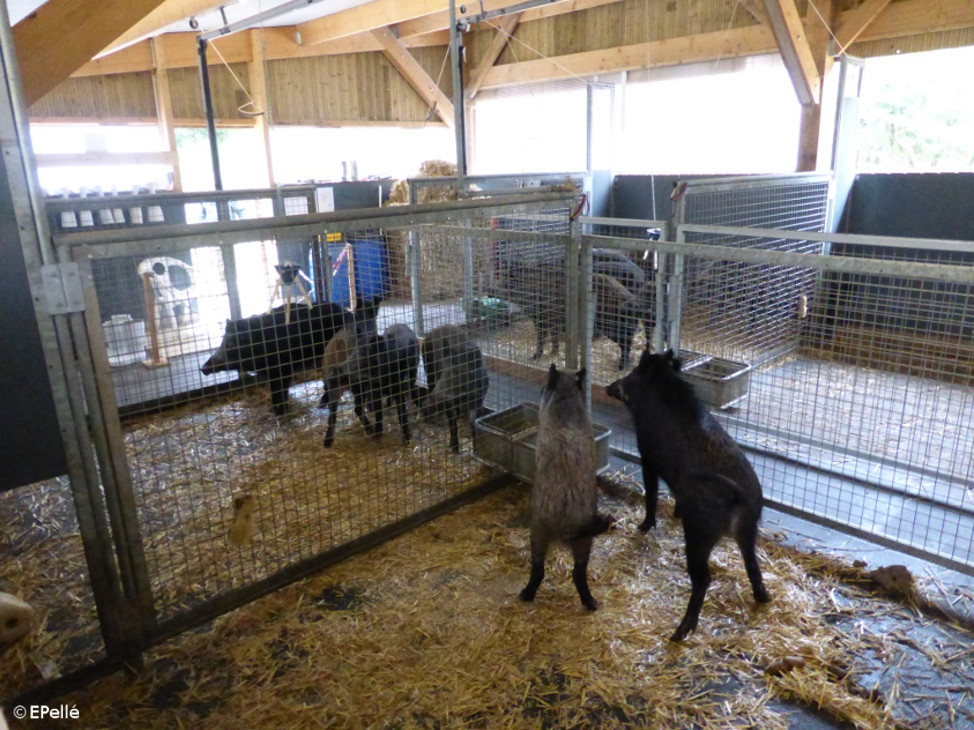Wild boar (Sus scrofa) experimental domestication : functional and ontogenetic approach of limb bone development in captive conditions
Documenting the earliest step of animal domestication still remains a huge challenge for zooarchaeologists. Not only because the process is elusive but also because the available morphological markers document an ongoing but not an emerging process. Indeed, according to the experiments, the morphological changes observed in domestic mammals are the pleiotropic results of strong behavioral selection. Captivity, on the other hand, considered by most as a catalyzer of the domestication process for the majority of domesticate mammals, has driven biomechanical and physiological changes in the animals’ environment which should have induced morphological changes through phenotypic plasticity, without any genetic modification. The first aim of DOMEXP is to capture this plastic signal in animal bones, and use it as a new bio-indicator of the early steps of animal domestication. The longer term objective of DOMEXP is to understand how these plastic responses have then driven the morphological changes during domestication.
The first stage of the DOMEXP project experiment the effect of captivity on the development of the musculoskeleton system on wild boar with a longitudinal study of individuals raised from 6 to 24 months in different contexts of mobility reduction. The development of their musculoskeleton system will be recorded using in vivo CT scan and MRI and analyzed with the latest 3D imagery techniques.






